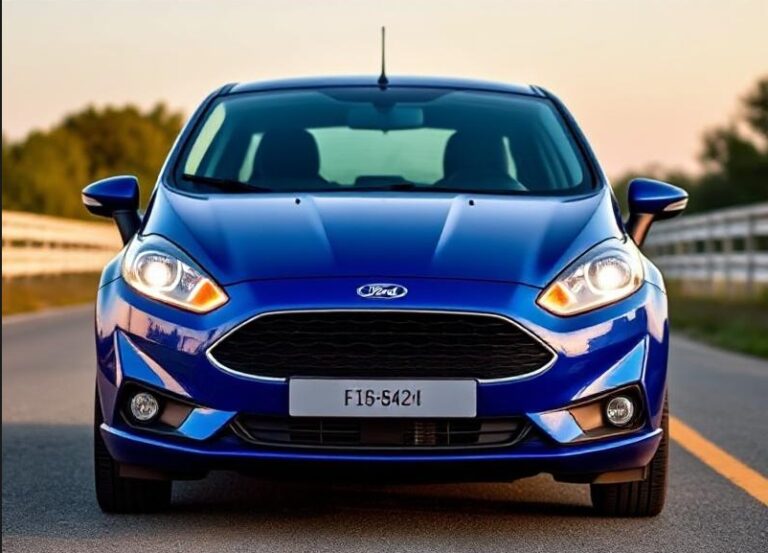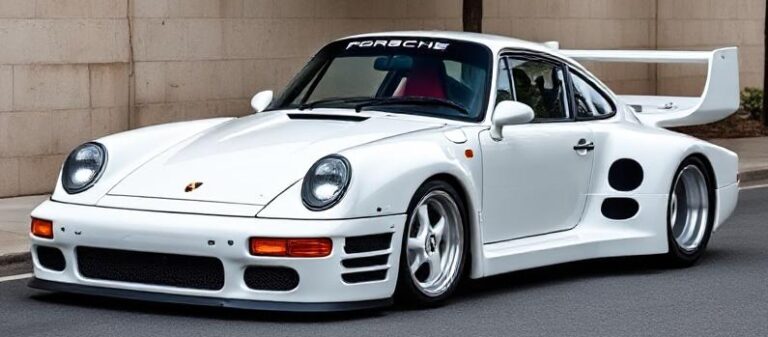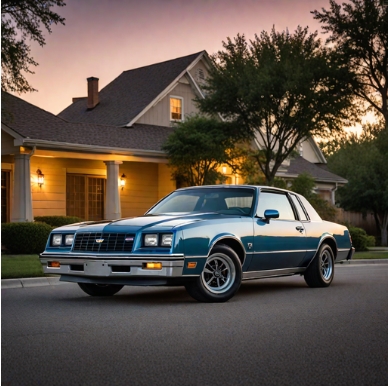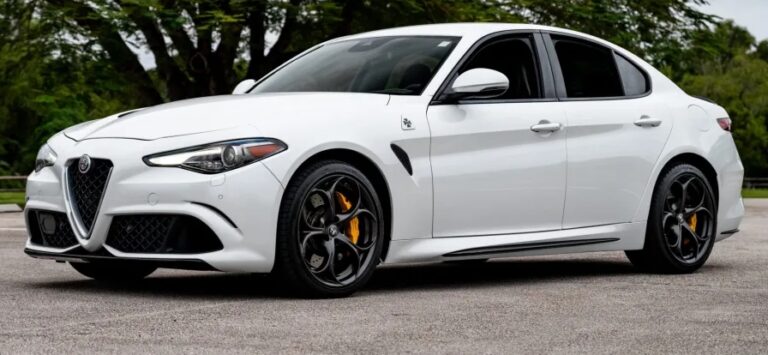The Evolution of the Audi 90
The Audi 90 holds a significant place in automotive history as a compact executive car that exemplified Audi’s engineering prowess and commitment to blending performance with luxury. Launched as part of Audi’s lineup in the 1980s, the Audi 90 evolved through various generations and markets, reflecting technological advancements, design trends, and shifting consumer preferences. This article provides a detailed chronological overview of the Audi 90, covering its production years, model variations, and trim levels.
Origins and Early Development (1986–1991)
Introduction and Context
The Audi 90 was introduced in 1986 as a successor to the Audi 80 Avant and coupe versions, aimed at offering a more upscale and performance-oriented alternative within the compact executive segment. It was primarily developed on the Volkswagen Group’s B3 platform, sharing its underpinnings with the Audi 80 (B3).
Production Years
- First Generation (Type 89/8A): 1986–1991
Markets and Variants
The first-generation Audi 90 was available mainly in Europe, with some markets in North America and Australia receiving limited versions.
Models and Trim Levels
- Audi 90 Sedan (also known as Audi 90 Quattro in some markets): The initial offering was a four-door sedan aimed at buyers seeking sporty yet practical vehicles.
- Engine Options:
- 2.0L I4 (85 PS / 63 kW): Base model with naturally aspirated engine.
- 2.3L I5 (113 PS / 83 kW): Known as the 90 quattro in some markets, emphasizing performance.
- 2.2L Turbo I4 (160 PS / 118 kW): Available in later years, mainly in the sportier S2 variant.
- Trim Levels:
- Standard: Basic features, cloth upholstery, manual transmission.
- Avant (Station Wagon): Introduced in 1988, expanding versatility.
- S2 (Quattro): Launched in 1990, this was a high-performance model with turbocharged 2.2L I5 engine, sport suspension, and quattro all-wheel drive.
Key Features and Highlights
The first-generation Audi 90 was notable for its aerodynamic design, advanced technology such as electronic fuel injection, and optional quattro all-wheel drive, which set it apart from competitors.
Second Generation and Broader Market Penetration (1991–1994)
Transition and Redesign
In 1991, Audi launched the second iteration of the Audi 90, built on the B4 platform, which was an evolution of the original B3. This generation refined the design, improved build quality, and introduced new technological features.
Production Years
- Second Generation (Type 8D): 1991–1994
Models and Variants
The second-generation Audi 90 continued as a compact executive car, with a broader array of models and trim levels.
Engine Options:
- 1.8L I4 (90 PS / 66 kW): Entry-level engine.
- 2.0L I4 (115 PS / 85 kW): Improved power.
- 2.3L I5 (133 PS / 98 kW): Slightly more performance-oriented.
- 2.6L V6 (174 PS / 128 kW): Introduced in later models, offering enhanced performance.
- 2.8L V6 (193 PS / 142 kW): Available in higher trims.
- 1.9L TDI Diesel (90 PS / 66 kW): Diesel variants introduced, emphasizing fuel economy.
Trim Levels and Special Editions:
- Base Model: Focused on value with modest features.
- Luxury/Comfort Trims: Included leather upholstery, power accessories, and upgraded audio systems.
- Sport Packages: Featured sport suspension, unique wheels, and sport seats.
- S2 (continued): The high-performance S2 model persisted into this generation with a turbocharged 2.2L I5 engine producing 220 PS (162 kW), Quattro all-wheel drive, and sport-tuned suspension.
Notable Features
The second-generation Audi 90 was characterized by its sharper, more aerodynamic styling, improved safety features like anti-lock brakes (ABS), and advanced electronics for its time, including optional traction control.
End of Production and Transition to A4 (1994–1995)
Cessation of the Audi 90
By the mid-1990s, Audi decided to consolidate its model lineup. The Audi 90 was phased out in favor of the newer Audi A4, which offered broader appeal and more modern features.
Final Years
- Production ended in 1995. The last models were primarily sold in Europe, with limited availability elsewhere.
Legacy and Impact
The Audi 90’s reputation for blending performance with everyday practicality helped pave the way for future models. Its quattro all-wheel drive system and turbocharged engines influenced subsequent Audi offerings.
.
THIS might be a great place to get your new car from!
Or for those who are into the “car flipping” business, here’s an excellent resource for you!

.
The Audi 90 in the Context of Audi’s Lineup
While the Audi 90 was eventually discontinued, it remains an important chapter in Audi’s history. Its evolution reflects the brand’s technological advancements, design philosophies, and market strategies.
Summary of Key Models and Trim Levels Over the Years
| Year Range | Generation | Notable Models/Trims | Engine Options | Key Features |
|---|---|---|---|---|
| 1986–1991 | B3 (Type 89/8A) | 90 Sedan, 90 Quattro, S2 | 2.0L I4, 2.3L I5, Turbo 2.2L I4 | Quattro, sporty design, electronic fuel injection |
| 1991–1994 | B4 (Type 8D) | 90 Standard, 90 Luxury, 90 Sport, S2 | 1.8L I4, 2.0L I4, 2.3L I5, V6 options, TDI Diesel | Improved aerodynamics, safety features |
| 1994–1995 | End of Production | N/A | Similar to B4 models | Transition to A4, discontinuation |
Conclusion
The Audi 90’s evolution from 1986 through 1995 exemplifies a period of significant technological and design development within the automotive industry. From its modest beginnings as a compact executive sedan to its high-performance S2 variant, the Audi 90 demonstrated Audi’s commitment to innovation, quattro all-wheel drive technology, and sporty yet practical vehicles.
Though it was eventually replaced by the more modern and versatile Audi A4, the legacy of the Audi 90 endures among enthusiasts and collectors who appreciate its engineering, sporty character, and role in shaping the brand’s future.







